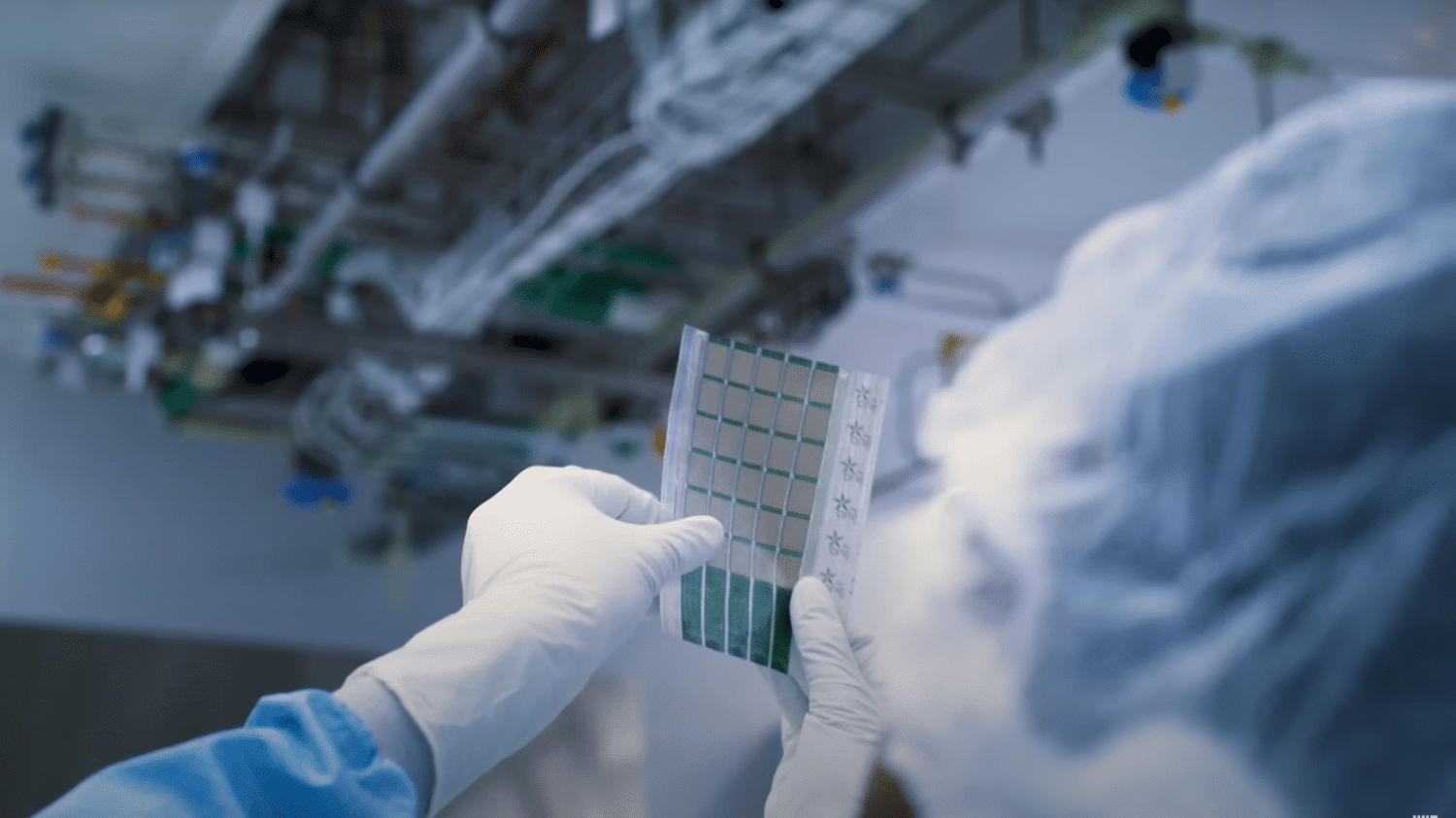Researchers at the prestigious MIT in the United States have just developed photovoltaic cells thinner than a hair. On a planet in search of renewable energies, they could have many applications.
Published
Reading time: 2 min

What if today’s heavy and bulky solar panels were, one day, replaced by photovoltaic cells the thickness of a sheet of paper? In any case, this is what researchers at the Massachusetts Institute of Technology (MIT) have been working on for around ten years. They have designed cells finer than a human hair which they print on a sheet of plastic.
In the images filmed by the research laboratory, it looks a bit like they have placed several camera rolls one below the other on a plastic sheet. They then stick this sheet on a flexible and solid support at the same time, knowing that these cells are particularly fragile. For this support, they use a composite material called Dyneema, which is so strong that it is used to make bulletproof jackets. And according to MIT, the assembly was rolled and unrolled more than 500 times to test its strength and it continued to work.
LModern solar panels, as we know them, were invented in 1939 by Russell Ohl and have been commercially available since the 1950s. But since then, technology has not evolved as much as some would like. The panels – silicon sandwiched between plastic and glass – weigh heavy, making installation and logistics sometimes complicated. While MIT’s mini-cells are less efficient than traditional panels, they are also much lighter. The result, the researchers assure, is that they generate 370 watts per kilogram, or 18 times more per kilogram than a current solar panel.
At sea or on humanitarian grounds
MIT cites two examples of applications. First, we could attach these mini-cells to the sail of a boat to supply it with electricity. They are flexible and light at this point. Another example, these large tents often deployed by relief workers after an earthquake, floods or in a refugee camp. Here too, we can place these sheets – rather than too heavy panels – on the tent canvas and provide energy in a devastated area, without necessarily having to resort to bulky, expensive and polluting generators. Also imagine these cells on a drone which would gain autonomy here.
One of the MIT researchers, who is particularly optimistic, sees himself in the medium term in a world where these solar sheets will be as quick to print as a newspaper and can then be easily deployed. The invention still needs, as always, to move to the stage of large-scale production. But on a planet in search of renewable energies, they could interest many governments and companies.
